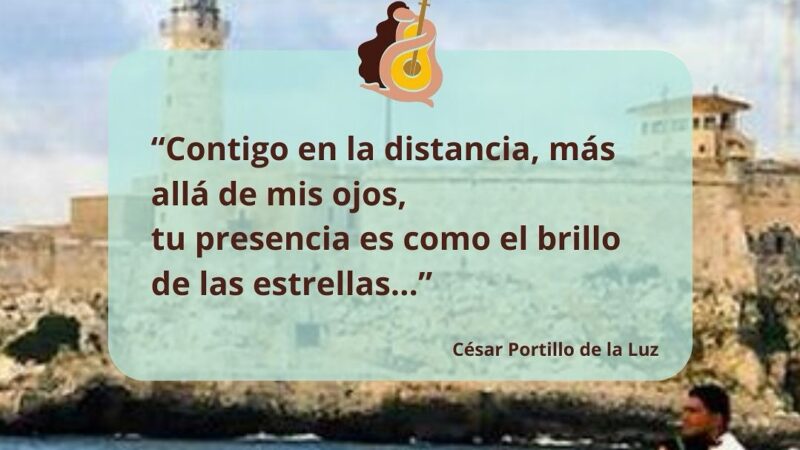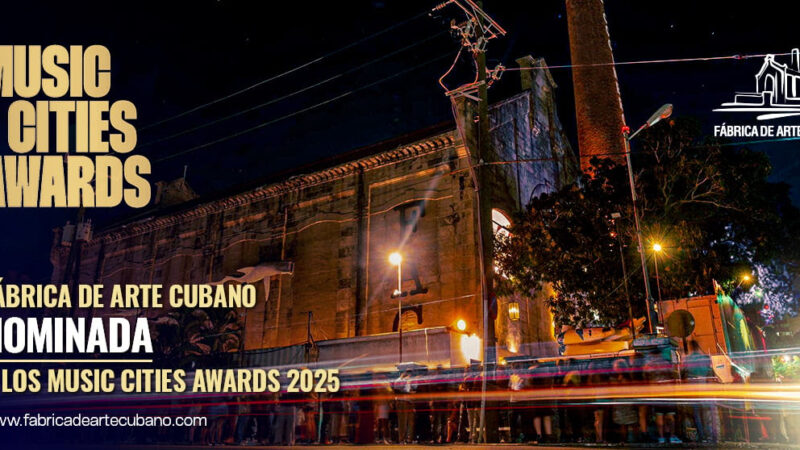Agustín Hernández Carlos: My Work Explores Changes and Hybridization (+Photos)
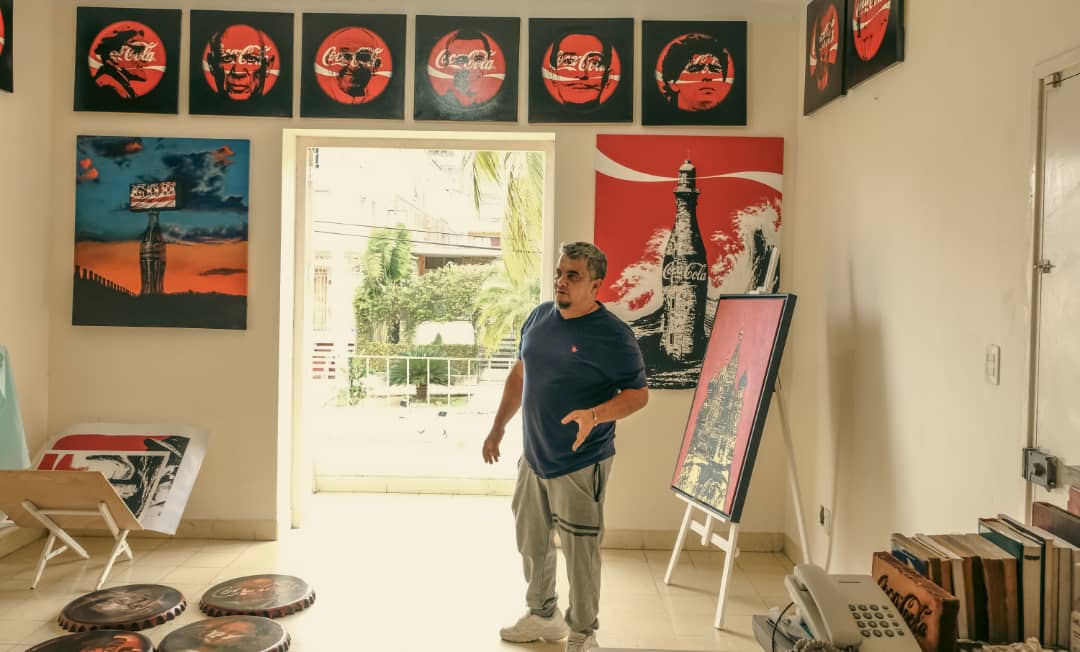
Arriving at the studio of visual artist Agustín Hernández Carlos is captivating because the order that permeates the building is the same that surrounds each of his works. Coca-Cola logos, camouflages and icons of Cuban and universal culture mark the workspace of this versatile artist.
A graduate of the Academia Provincial de Ballet y Artes Plásticas Vicentina de la Torre in Camagüey, where he was born in 1978, this renowned master of painting, sculpture, and graphics is a graduate of the Universidad de las Artes de Cuba and has actively participated in important events such as the Havana Biennial, El Acercamiento/The Approach (Cuba/United States), a project of CalArts Center for the New Performance and Duende CalArts, among others.
Hernández Carlos, who claims to regularly accompany his working hours with the soundtrack of Radio Enciclopedia, granted us this interview.
What made Agustín Hernández Carlos approach art?
The need to express what I thought, saw, and felt has been the driving force to accept this path as a way of life. Since I was a child I was interested in drawing, no matter what materials were available, I just needed to do it, on any surface. It was the fastest way to communicate with the outside world and the fastest way to let others see who I am.
Besides being an artist, we know your facet as a teacher at the Academia de Bellas Artes San Alejandro, how does it feel to see your students grow in the art world?
Being an artist is a lot like being a parent. We have the feeling that each work is like a child -whether it’s good, bad, or average, it doesn’t matter-, it’s our creation. In the case of teaching, being a teacher and training new artists is a comforting experience that is very similar to parenthood. Many of my students are part of my life, and I maintain a close professional relationship with them. There were several years within the walls of the academy, from 2013 to 2022. I miss being a teacher and seeing how my students are transforming technically and developing their intellects. In addition, I was not only a teacher during these years; I was previously a professor of sculpture at the Eduardo Abela Academy in San Antonio de los Baños for almost six years. Much of my professional life has been linked to teaching, and I feel satisfied to have several of my students well placed within the art institution by sharing creative projects, and exhibition spaces with them brings me tremendous joy; it is a rejuvenating experience to see how someone you trained or collaborated with in their preparation grows. It is a source of pride above all else.
A good part of your production has links with pop art. How much social commitment is there in the pop art you propose?
Pop art is an antecedent that can be appreciated at first sight in many of my pieces. Pop art is based on the social commitment of a creator who lives, produces, and feels the reality of his country. I assume, of course, a series of rights and duties that I think are essential for me, and that I must not lose sight of in the complexity of every moment I have had to live. I like the ability of Cubans to experience strong cultural metamorphoses and, at the same time, maintain our essence, thus adjusting to any circumstance. My work explores these changes and this hybridization.
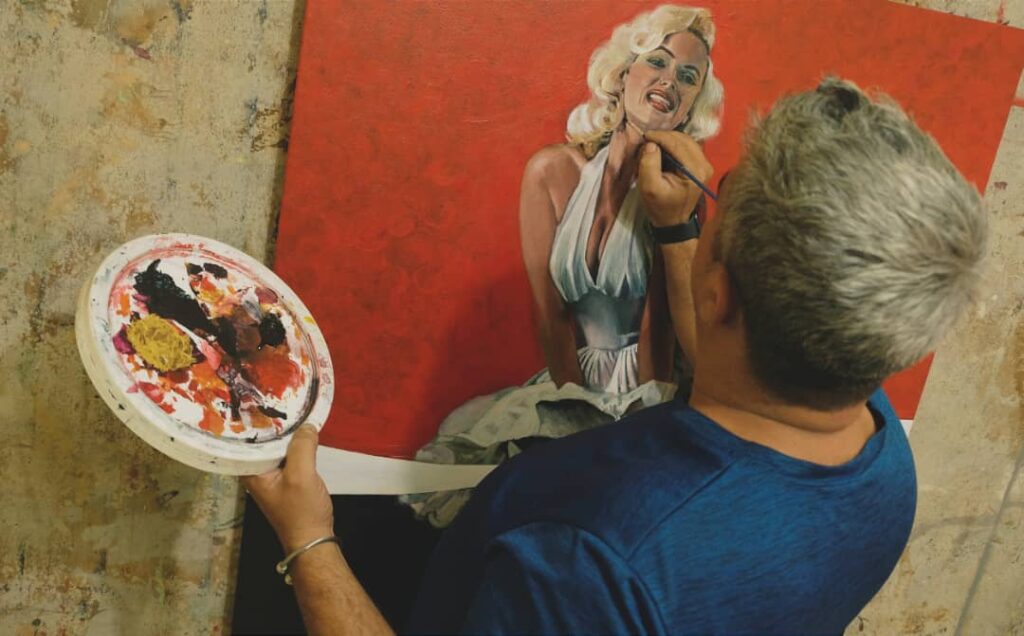
Why Coca-Cola and not another consumer product?
Coca-Cola, more than a product, is a symbol of consumer culture, of companies, transnationals, marketing, sales, purchase, and free trade. It is an icon par excellence of the globalized world we live in, and it has become all that mainly because of the excellent advertising strategies the company has always been able to generate. Success is perhaps the best synonym for this product, and its distribution is disseminated in every corner of the planet. It is this condition that impacts me the most, and I have researched many years on their commercial strategies to generate my work from there.
How do you feel more comfortable with the planimetric or the three-dimensional?
I consider myself a sculptor who paints, not a painter who makes sculpture. I see more in the three-dimensional than in the two-dimensional. That’s why, perhaps, when I work on the planimetric, the three-dimensional component is always present. Many times, I see them as sketches of my next sculptures. My training as a sculptor marks an undeniable guideline in what I do and in the way I think about my works. That is why many of them have an installation character and the intention of going beyond the wall. I like working with spaces and generating proposals for them, according to my concerns. Integrating the pieces. And although I do not discard the two-dimensional, I prefer three-dimensionality.
In what spaces can the Cuban public approach your work?
The first place where I interact with my work is my studio, located on Calle 48, entre 39 y 37, in Playa municipality. It is that workspace where all the projects are generated. I am also part of Máxima‘s roster, and my work is constantly exhibited in that space. In recent months, I have participated in several collective exhibitions that have allowed me to show my new projects to the Cuban public. The most recent of these is Réquiem, at the Arco de Belen, which will be open to the public throughout January and most of February.
What projects do you have in mind for the recently started 2023?
To continue creating is one of the main goals for this new year. I am also involved in preparing a personal exhibition, in which I will have the opportunity to show the work I have been doing in recent years. The details of this exhibition will be disclosed in due course. It will be an intense year in terms of projects.
After a good cup of coffee, we said goodbye to the artist. We left his «temple» with the pleasant feeling of having exchanged knowledge with a great person, of having entered the habitat of an artist who stands out for his solid symbolic and formal disposition.
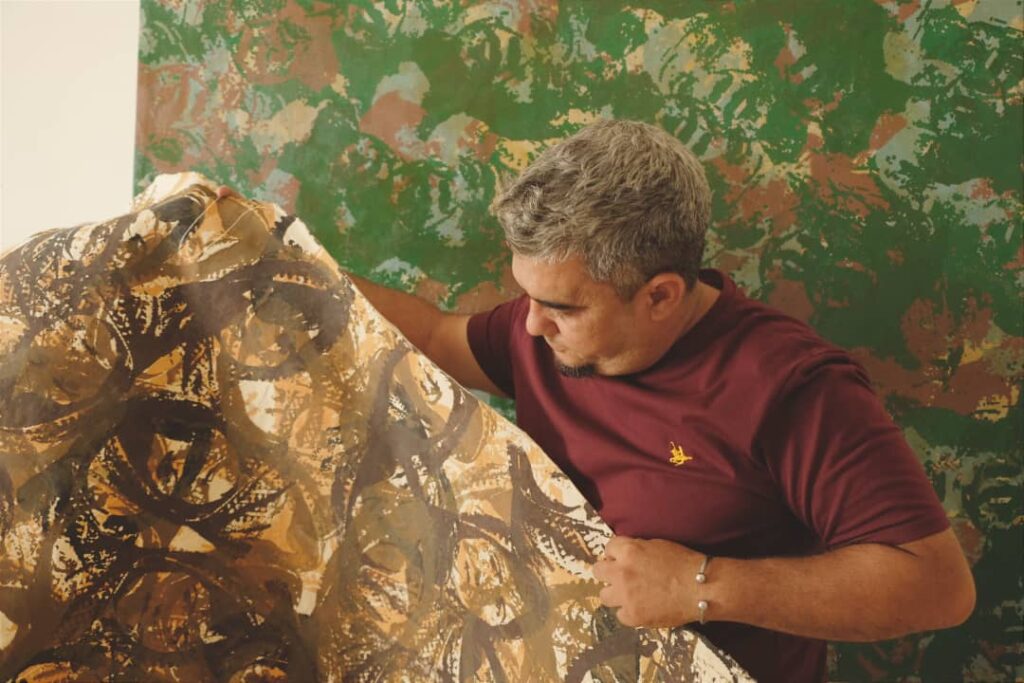
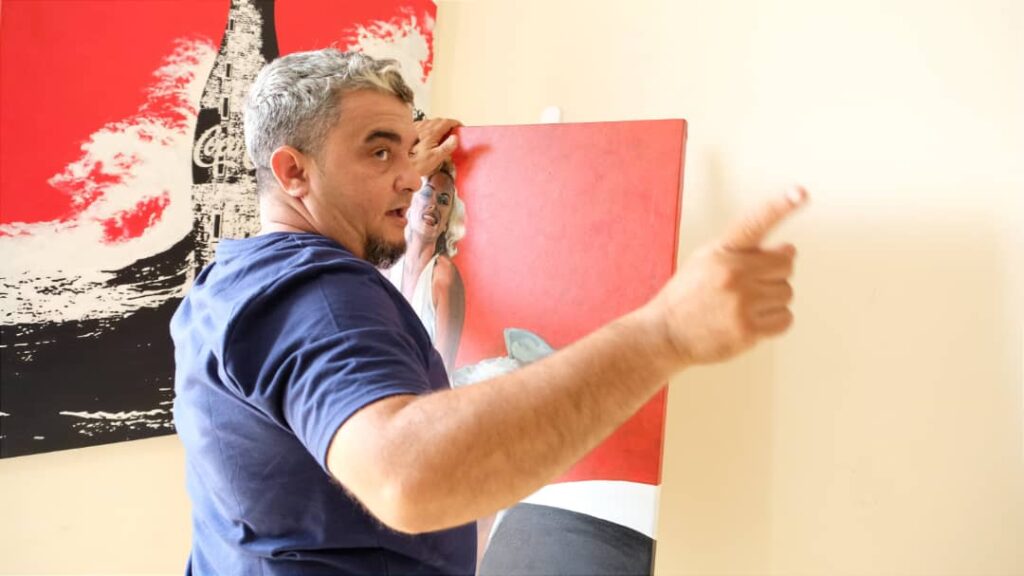
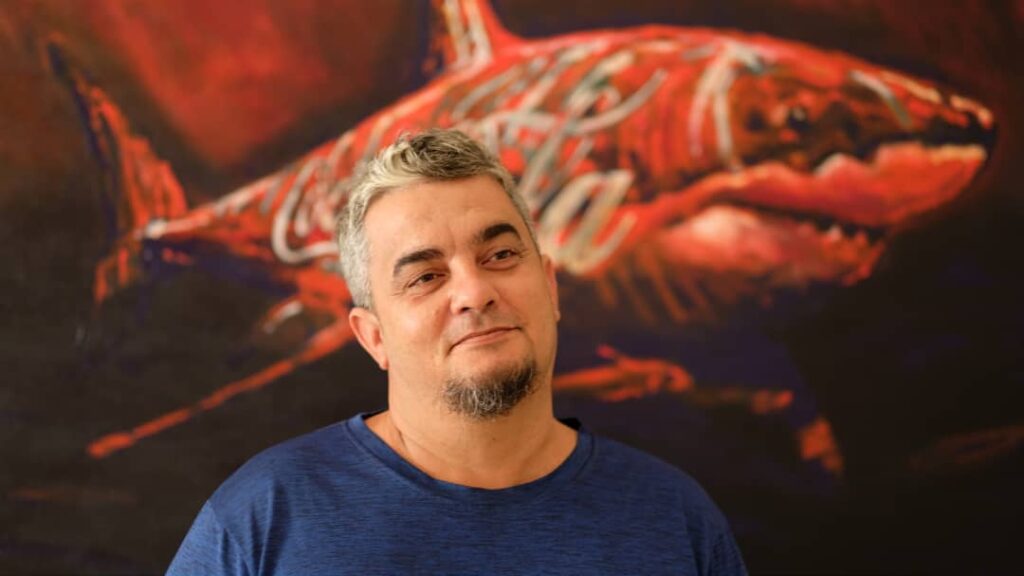
Translated by Luis E. Amador Dominguez


